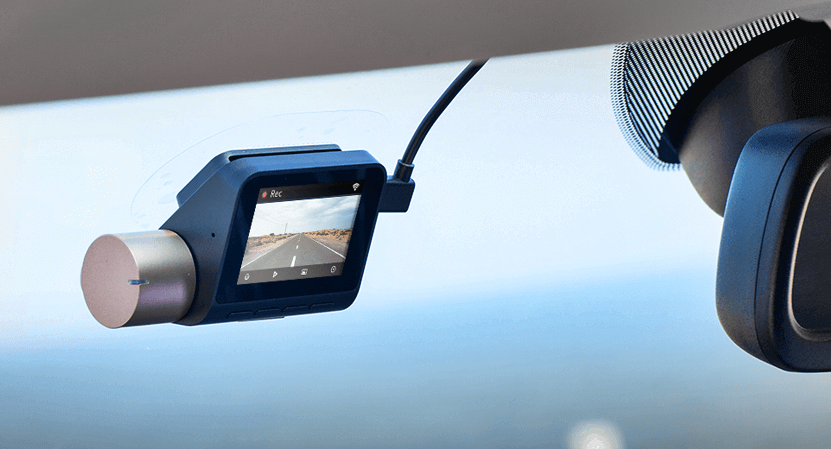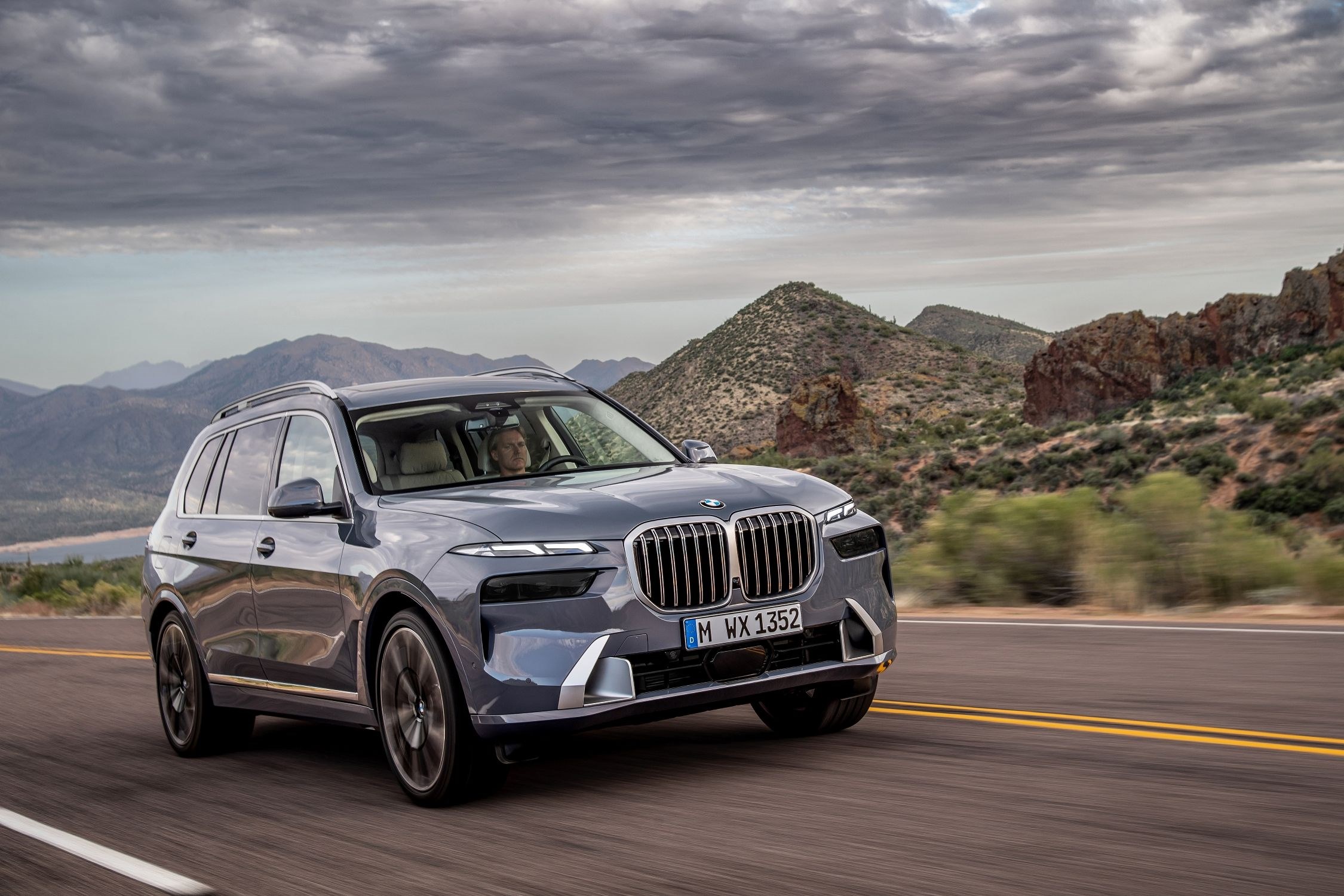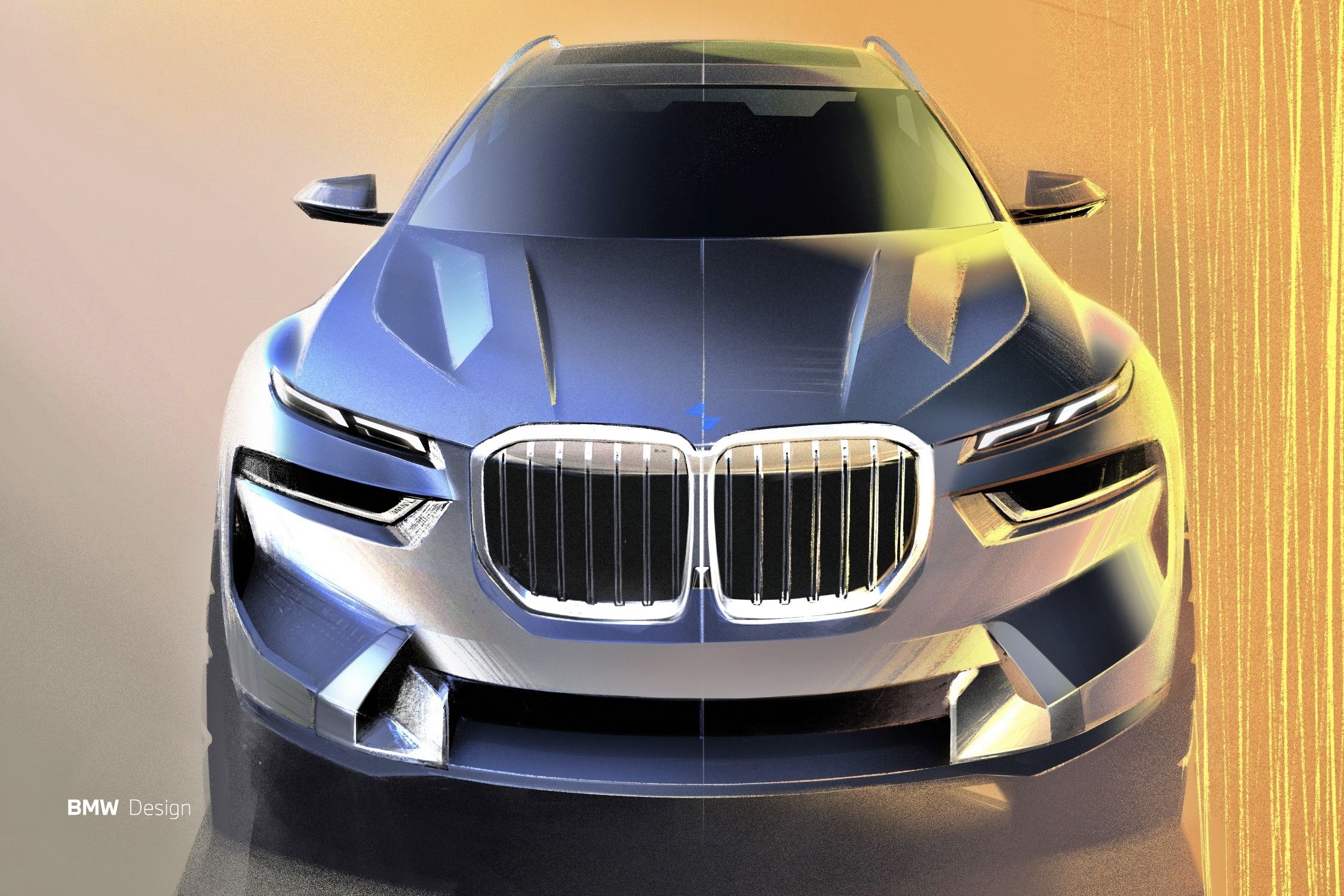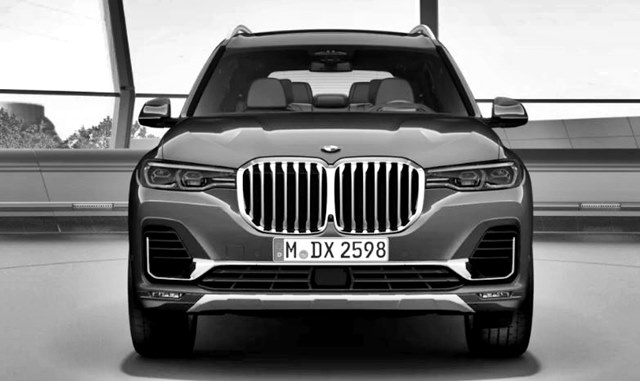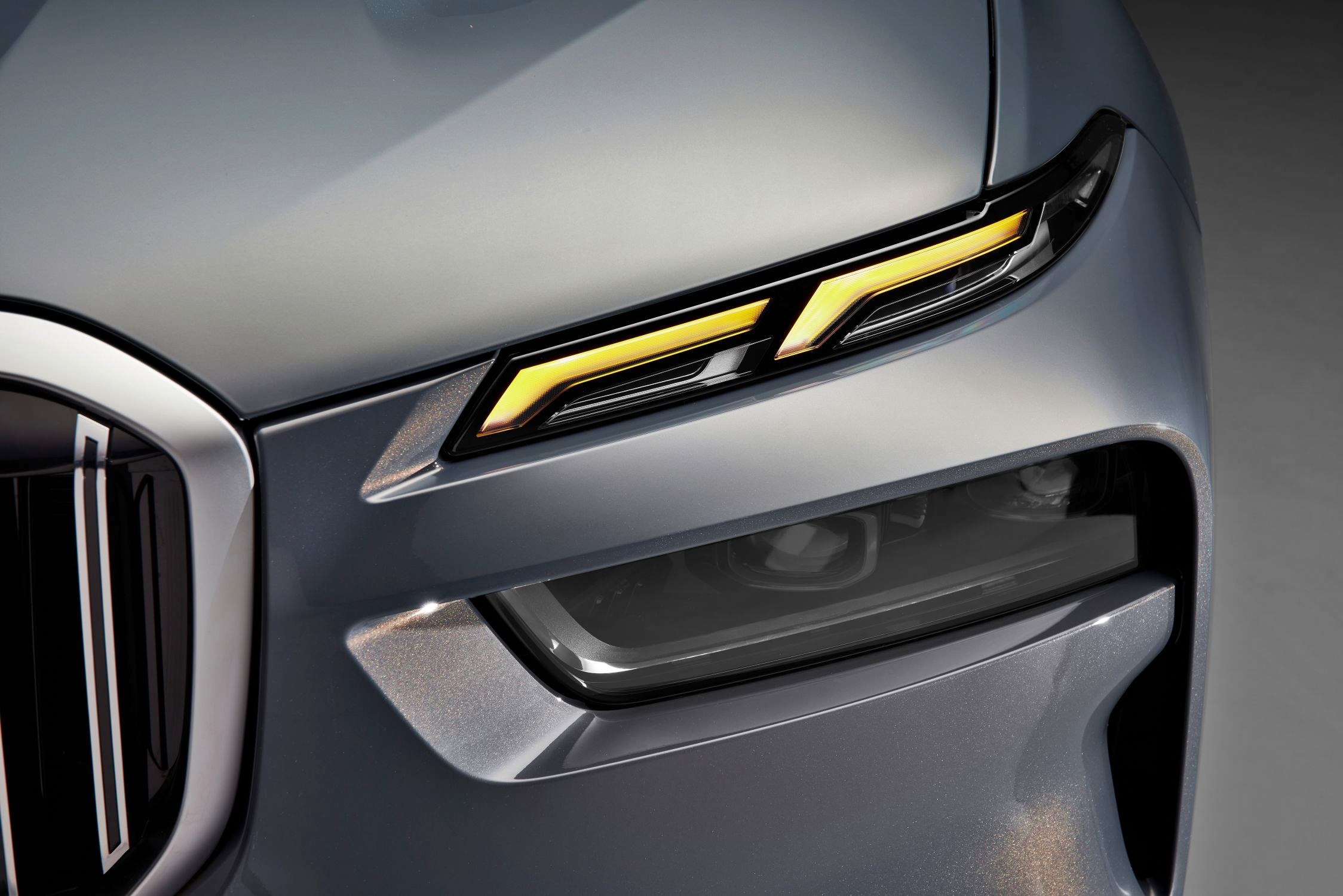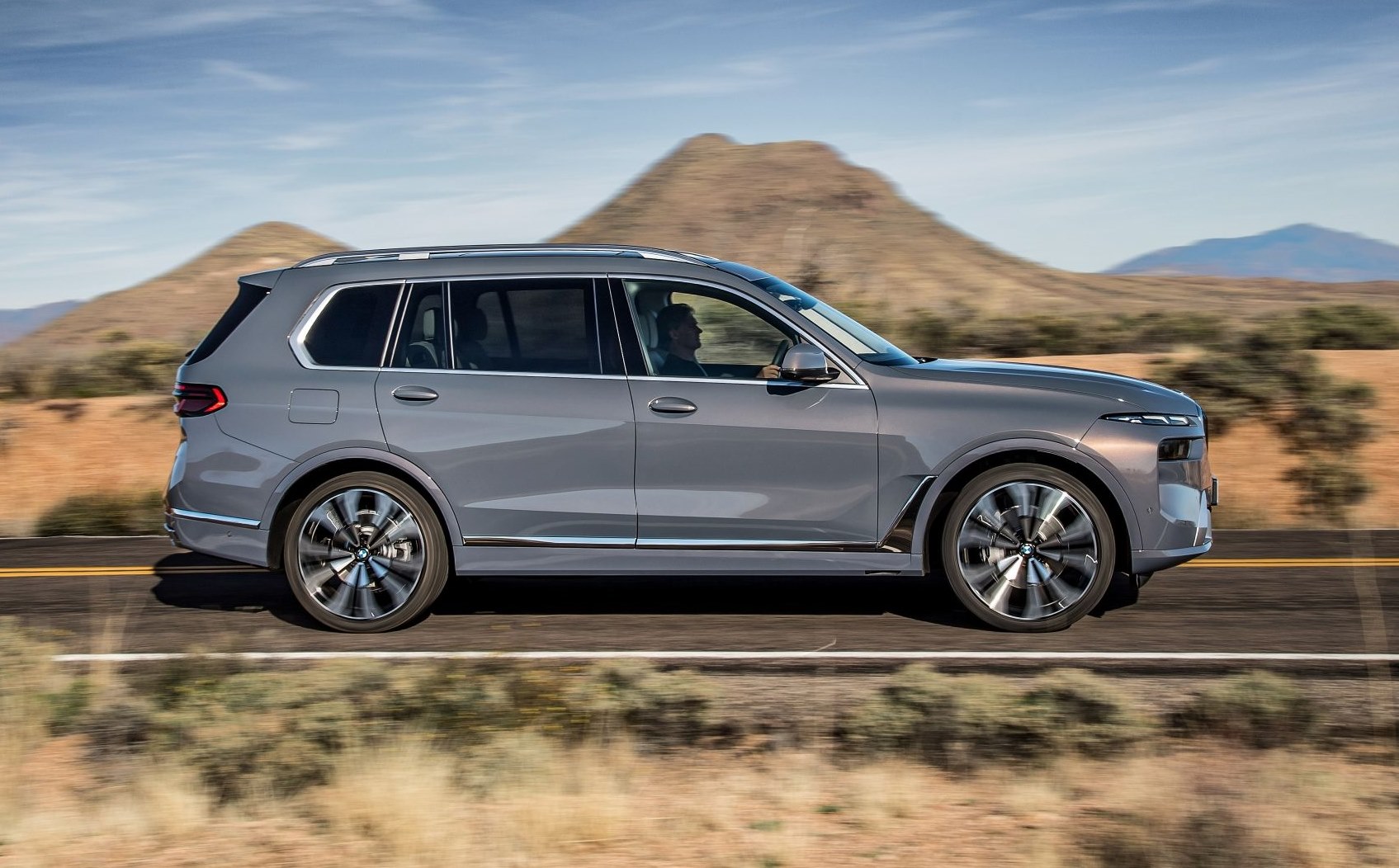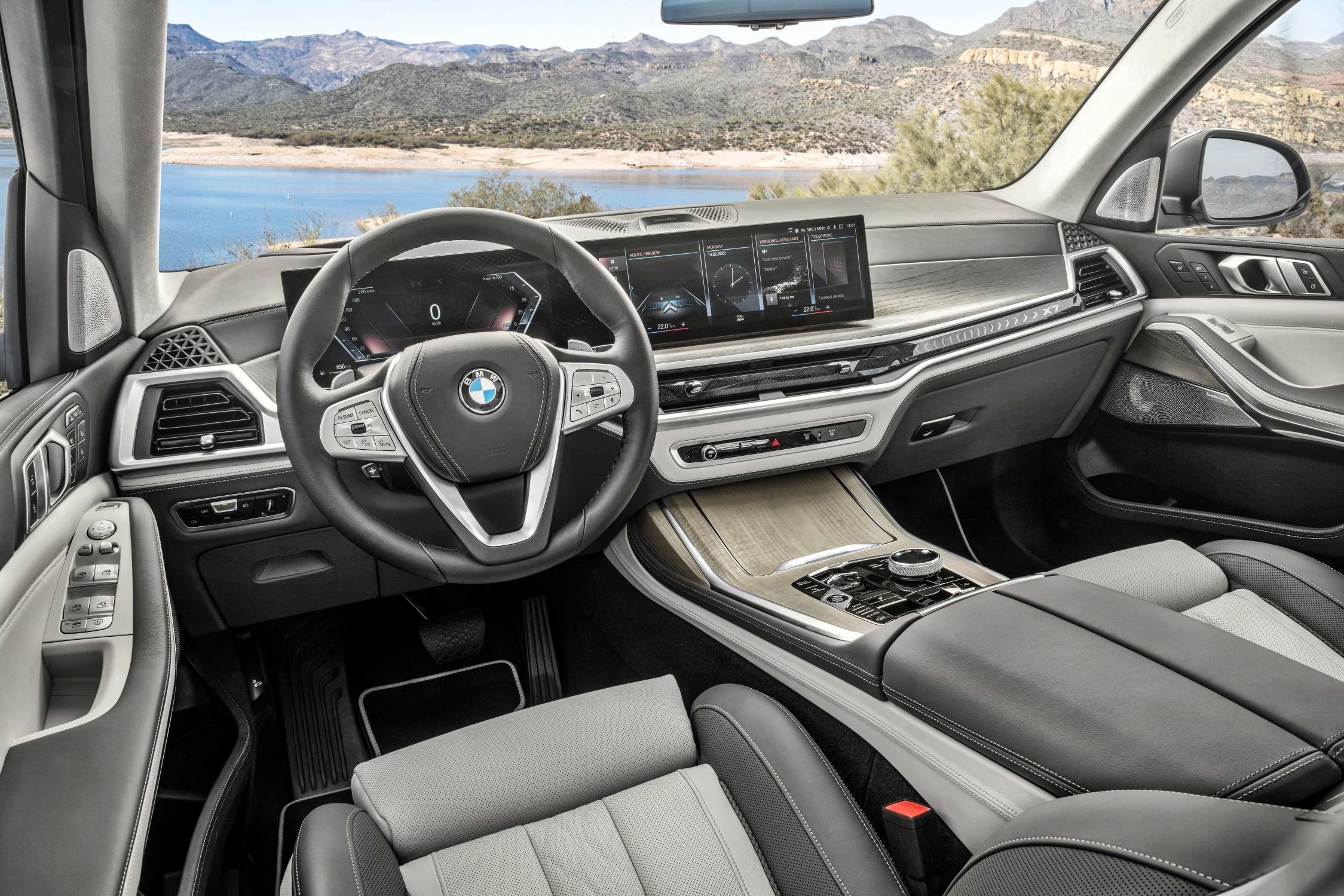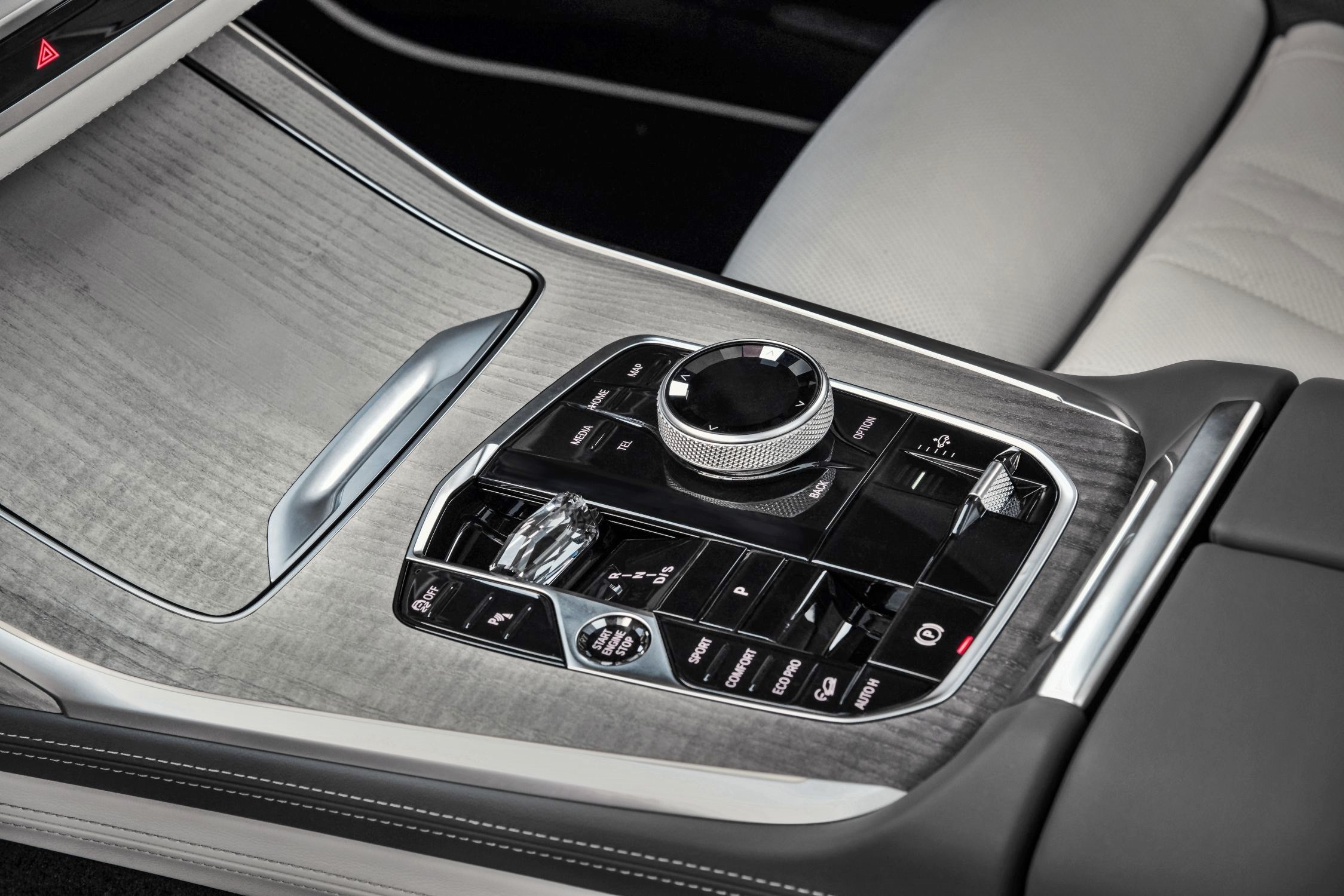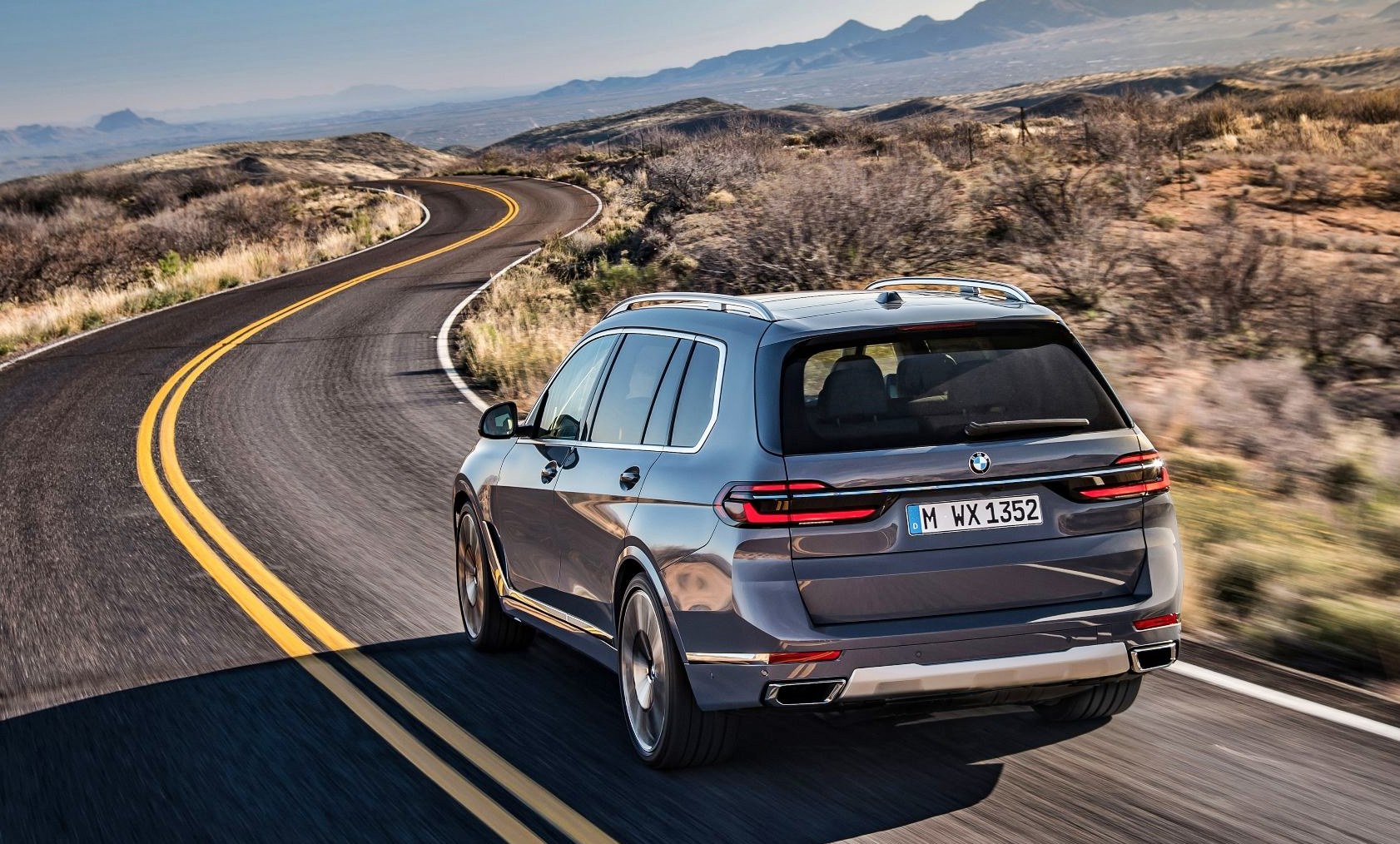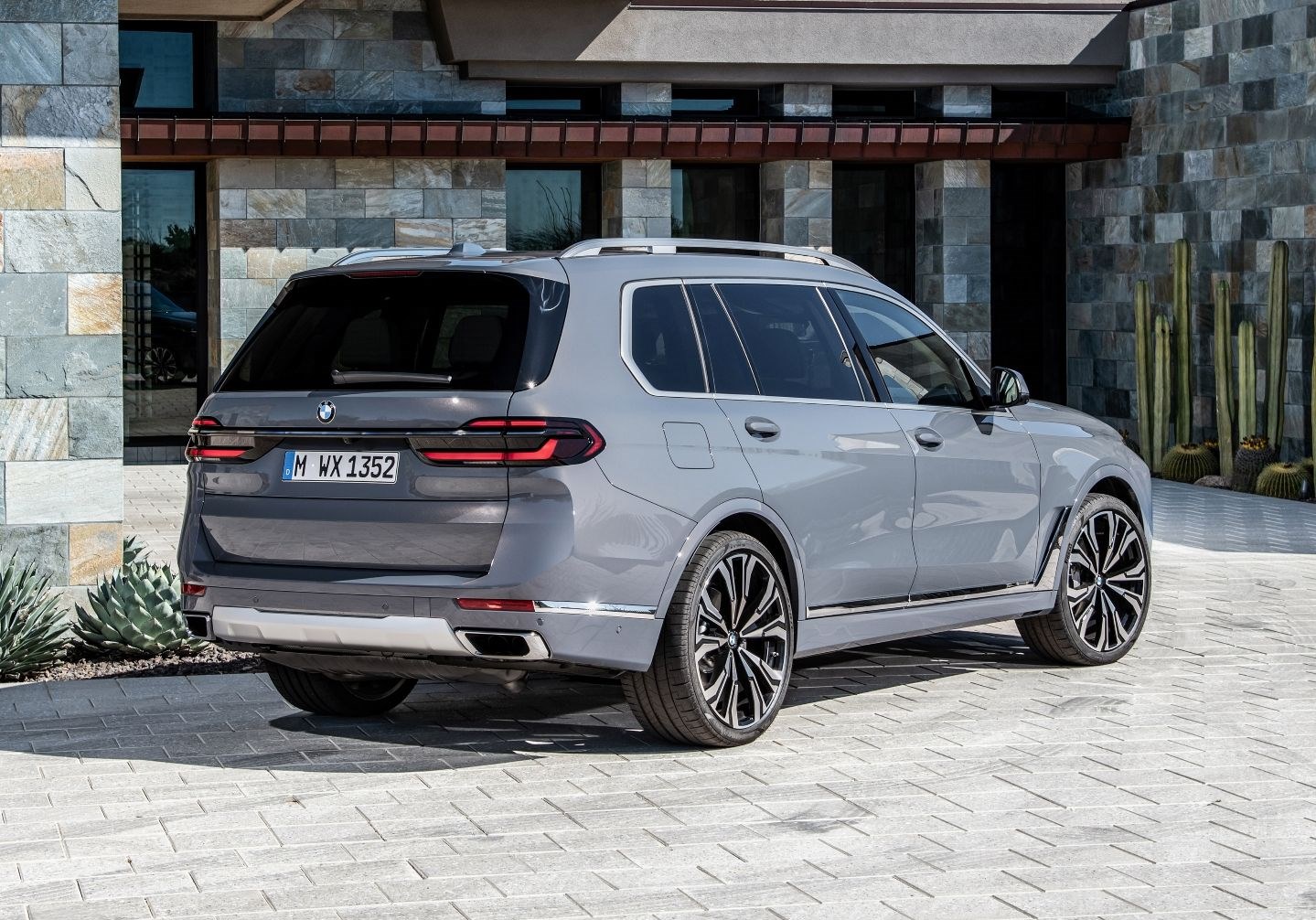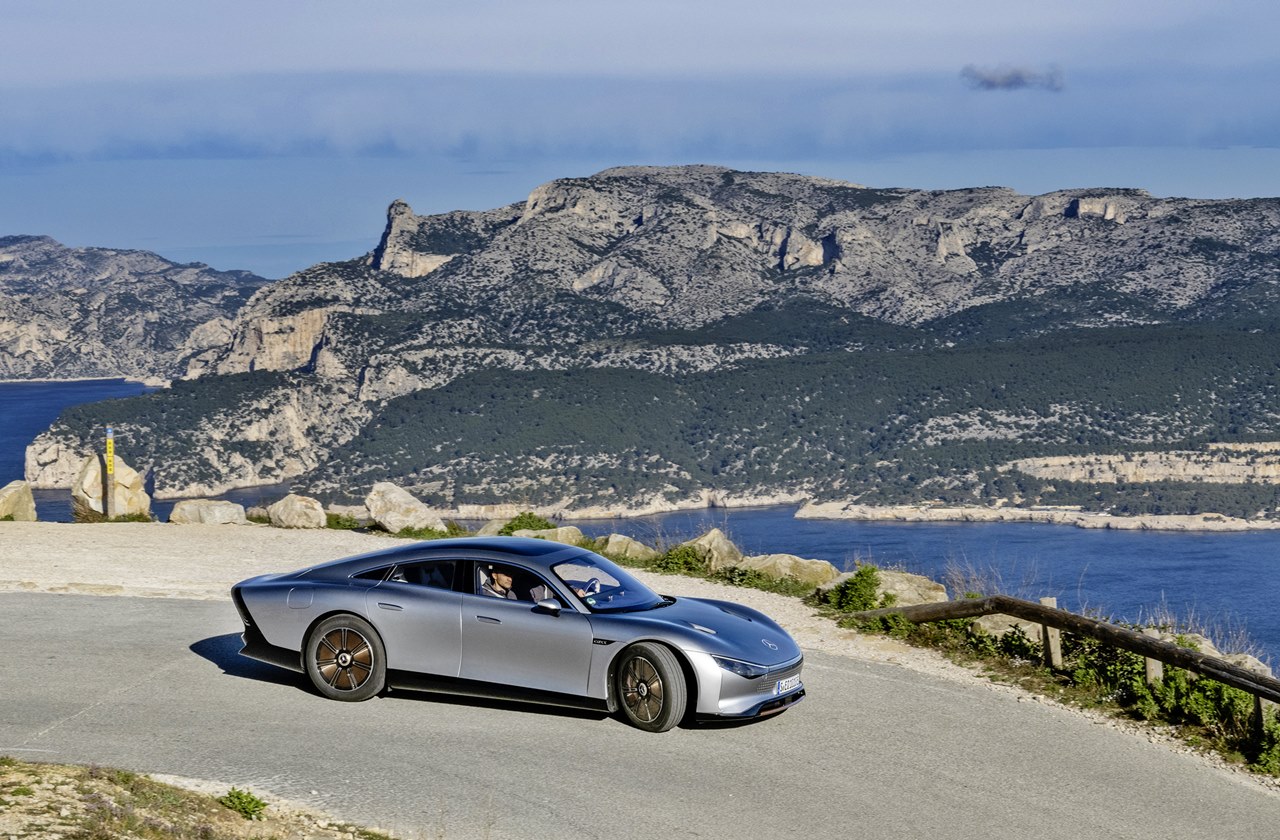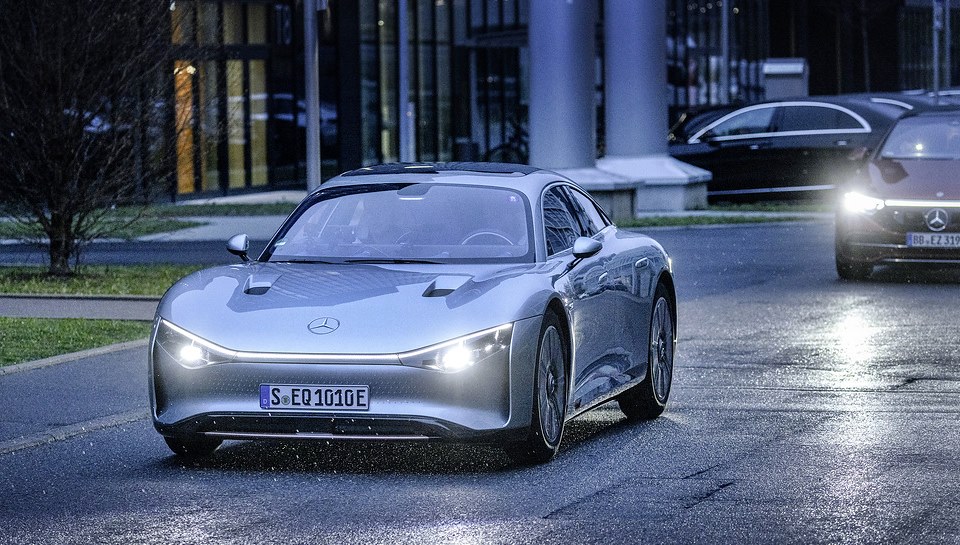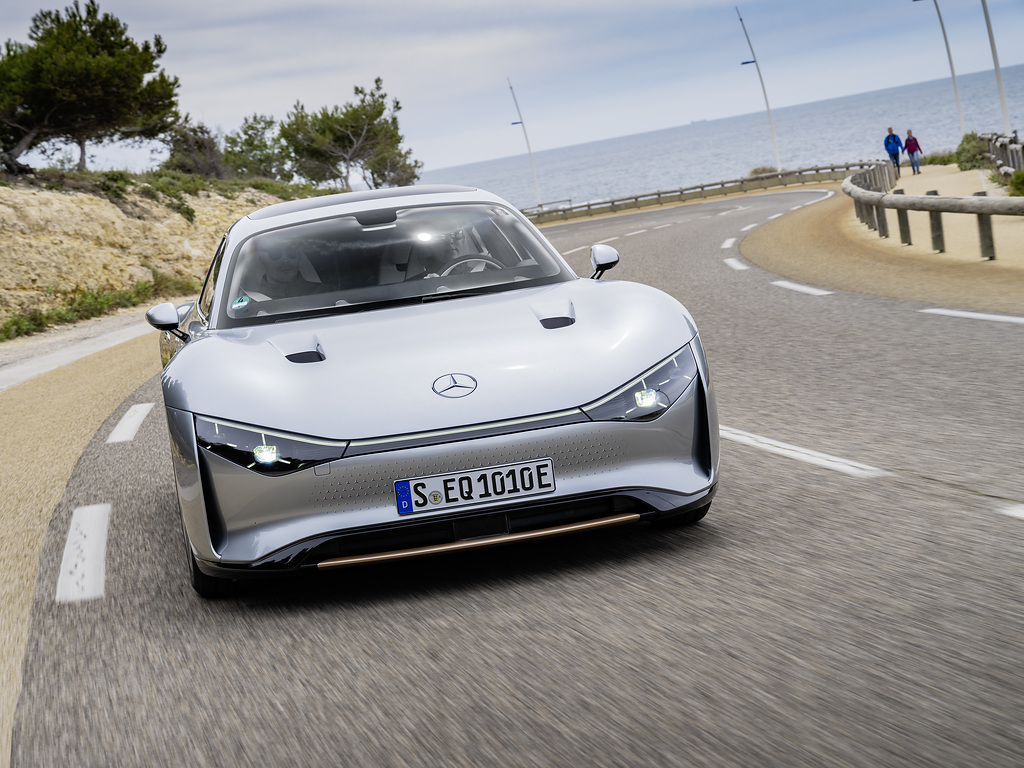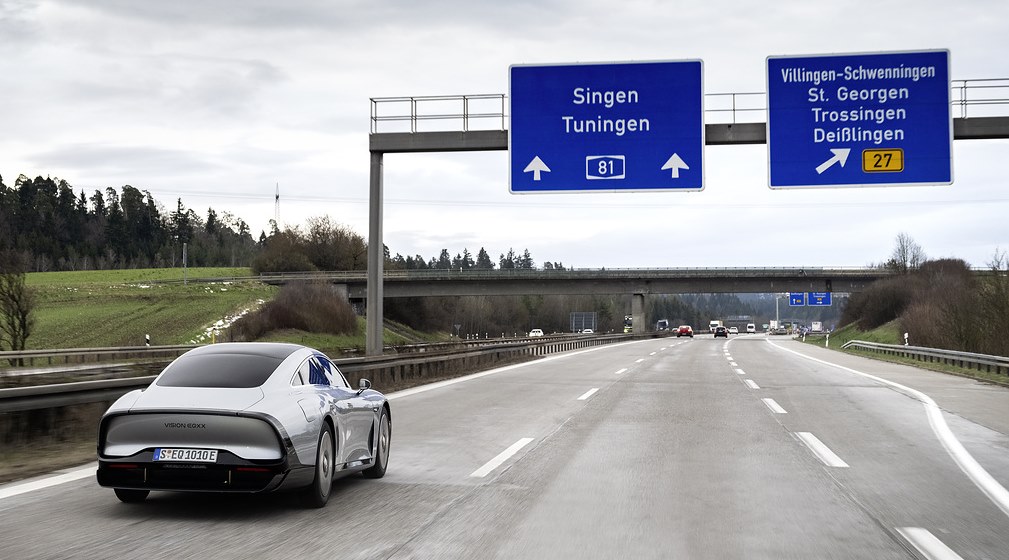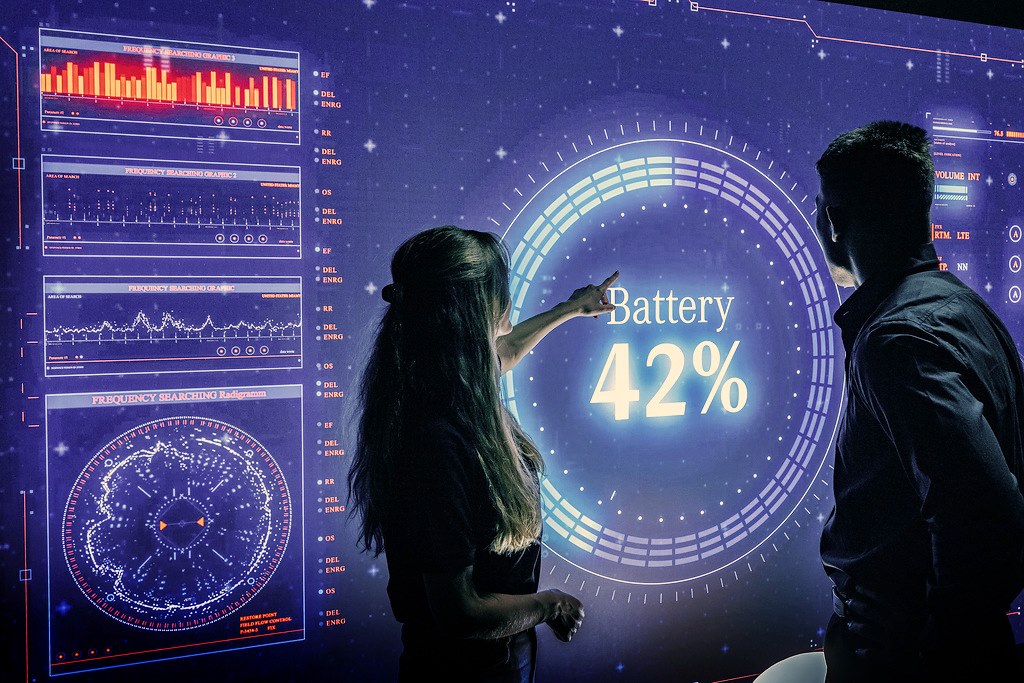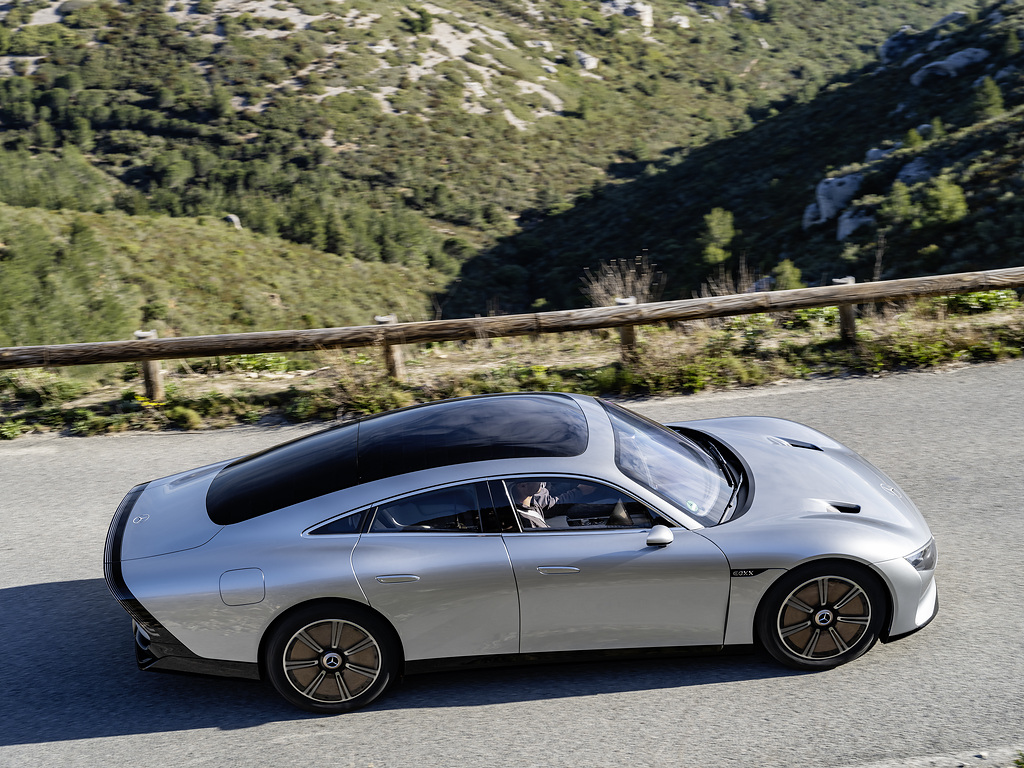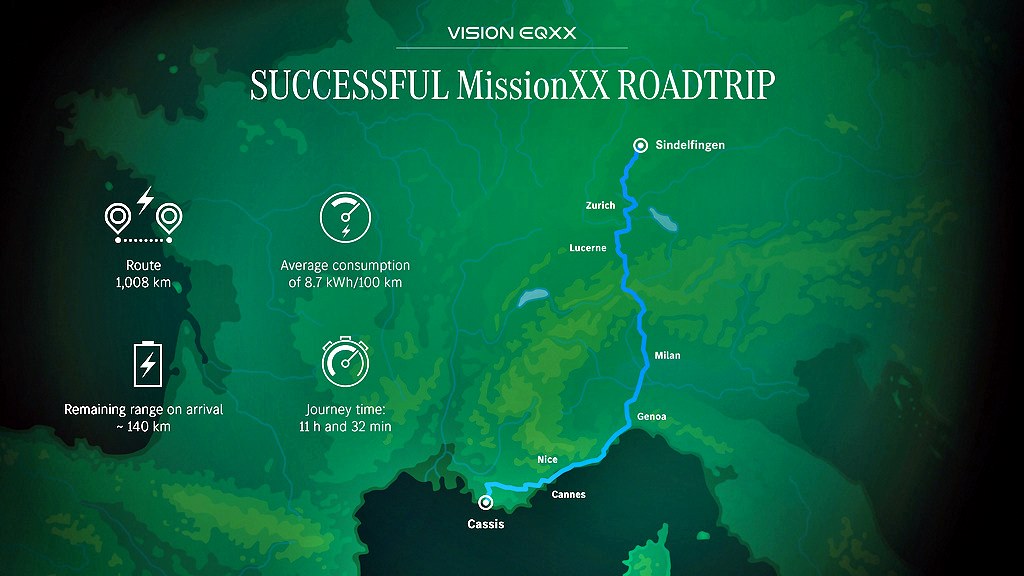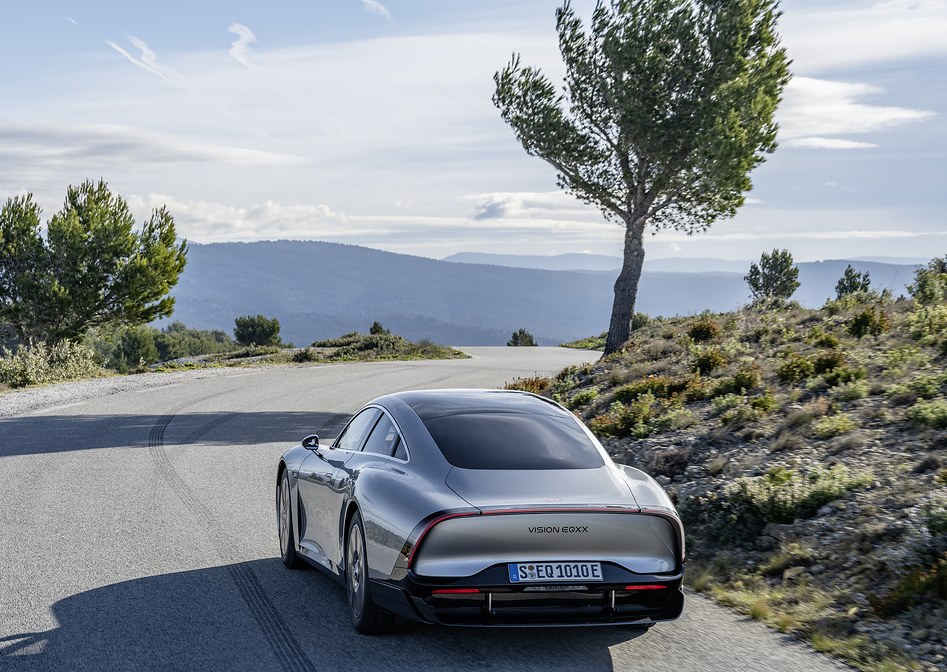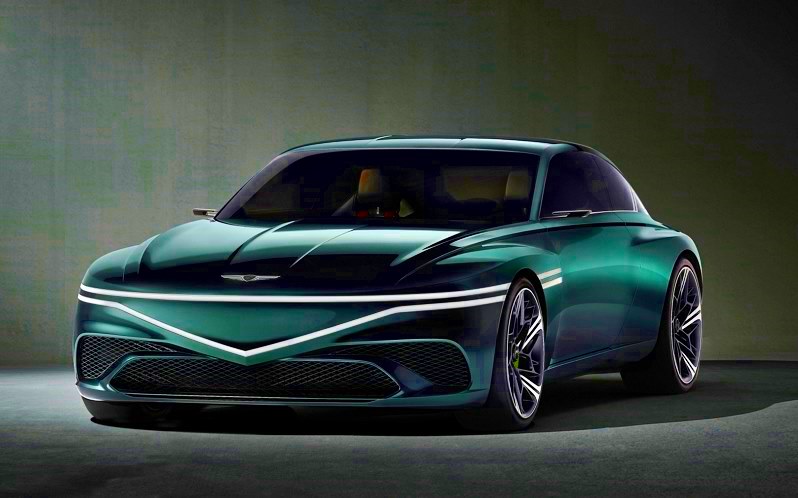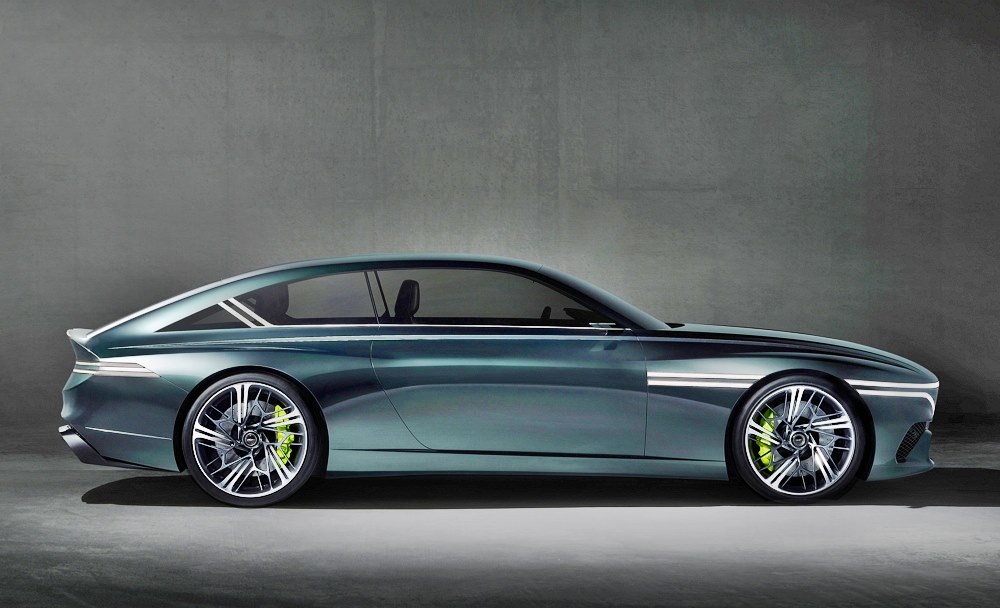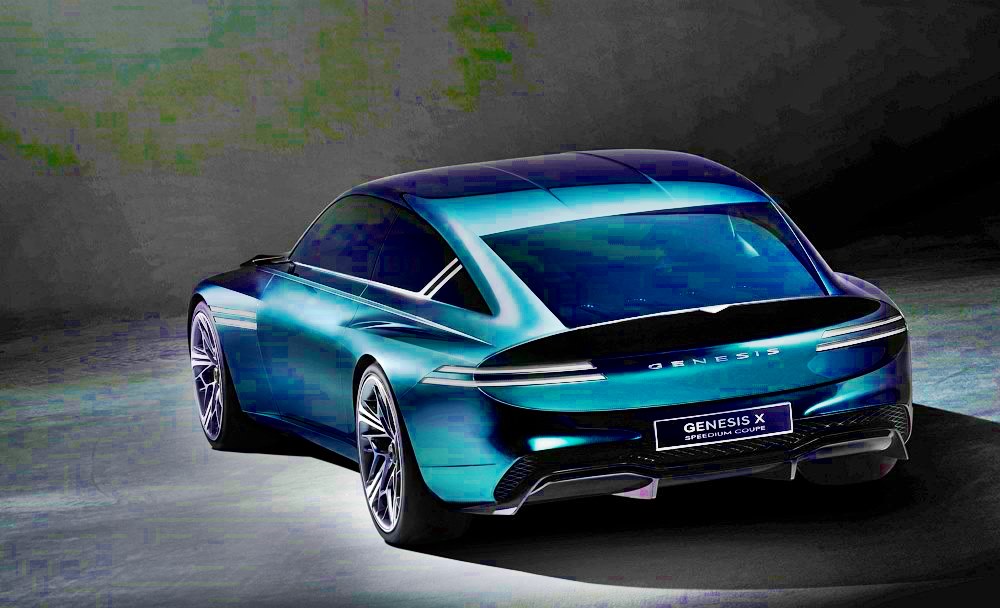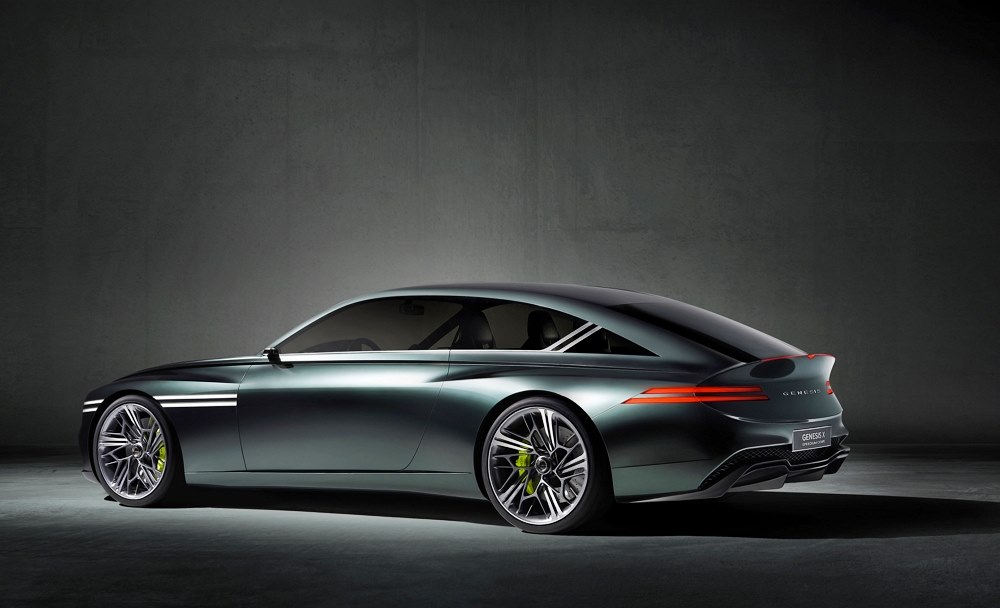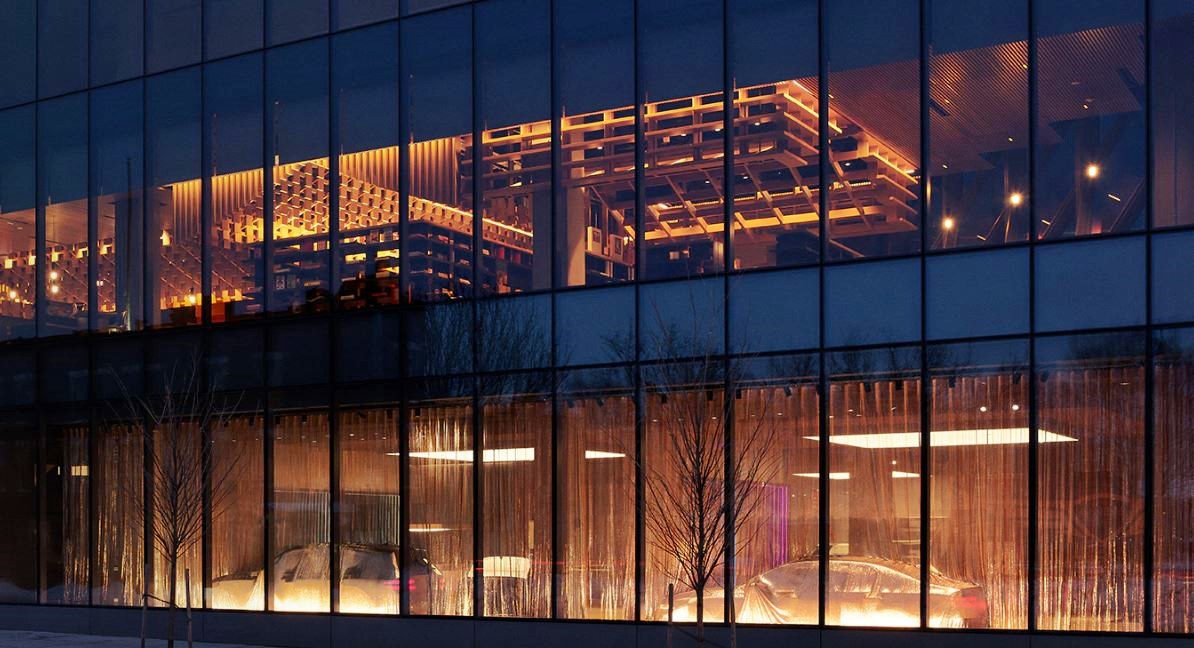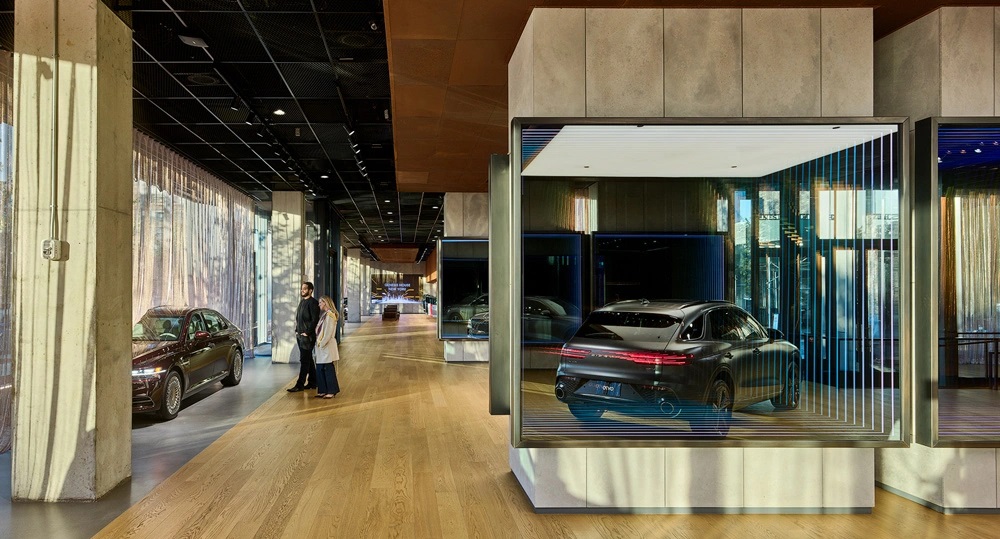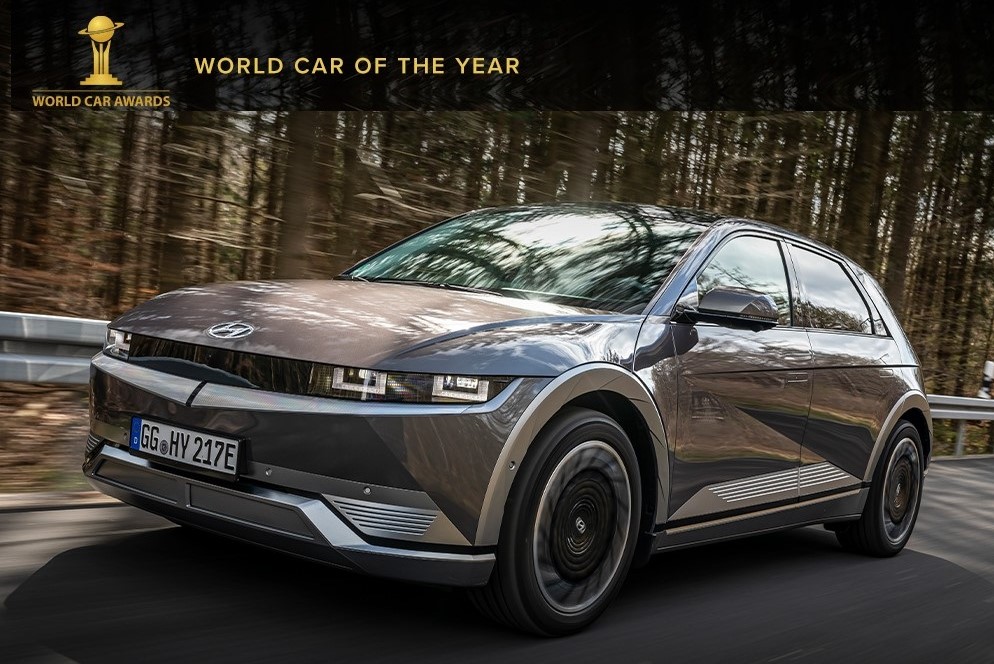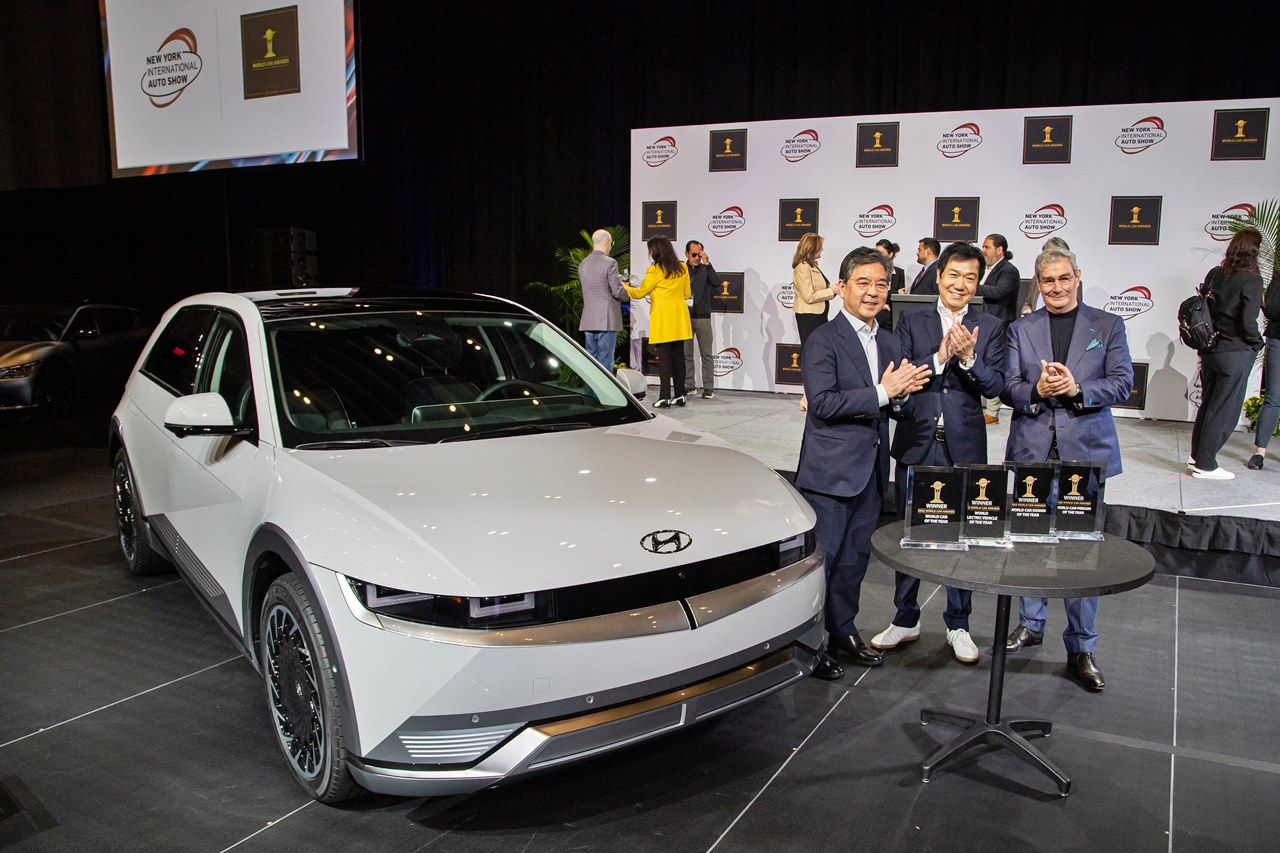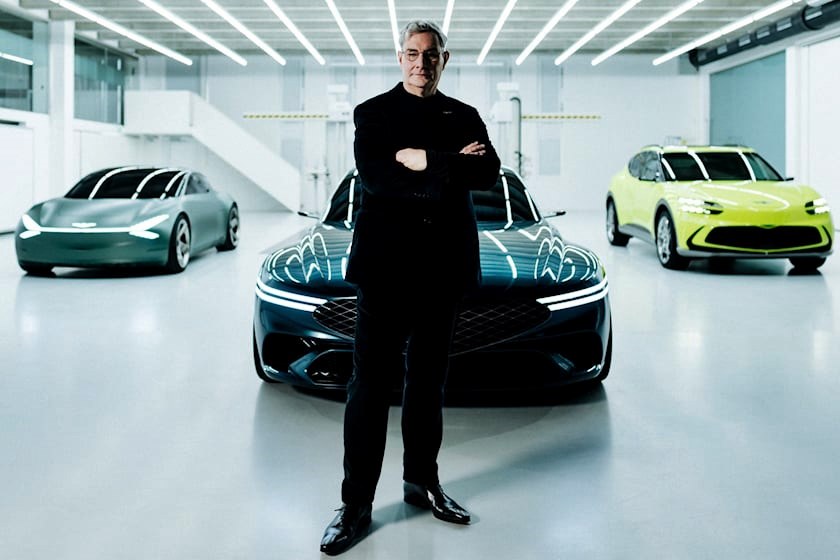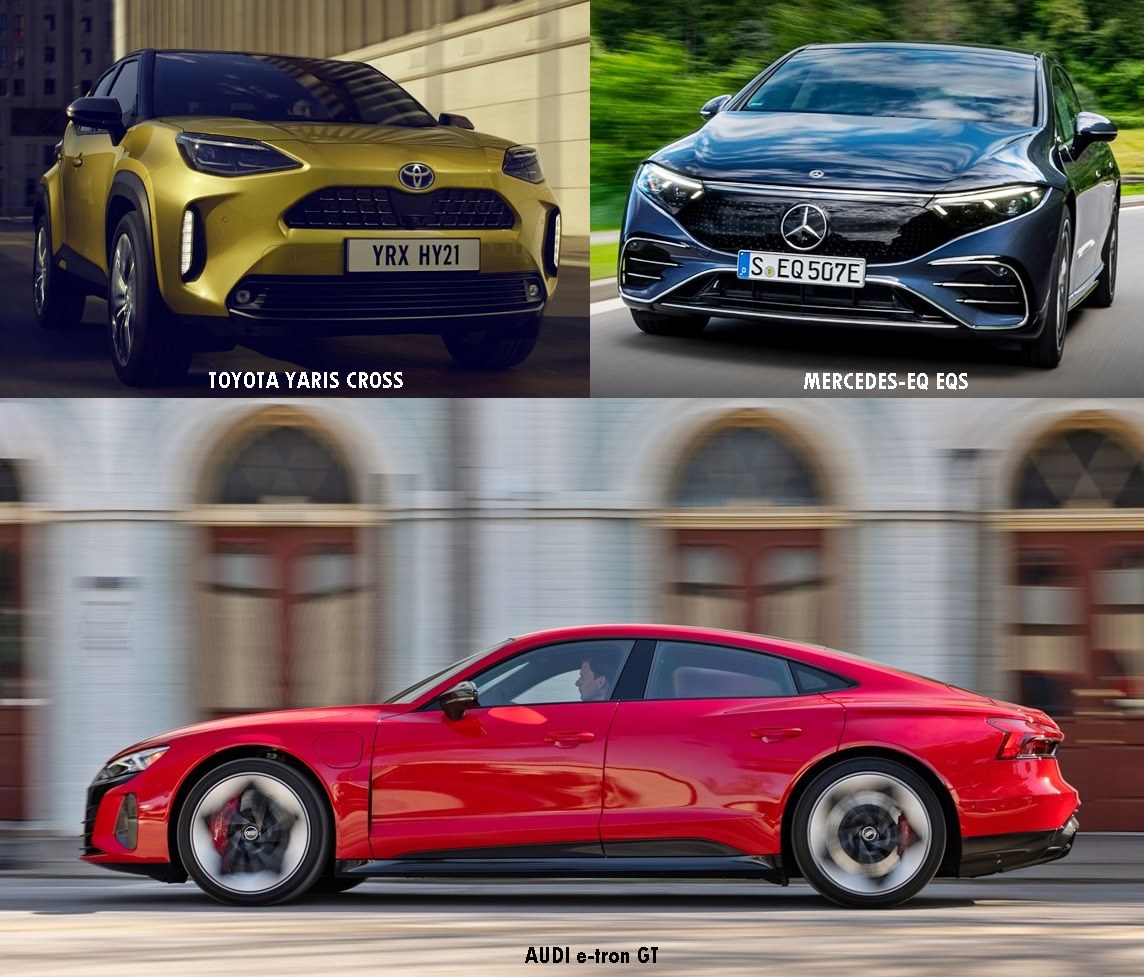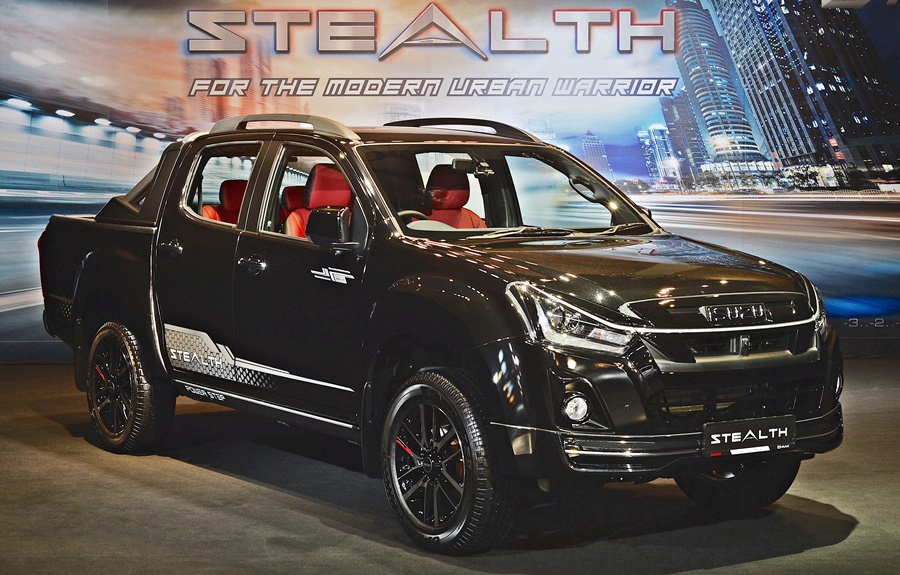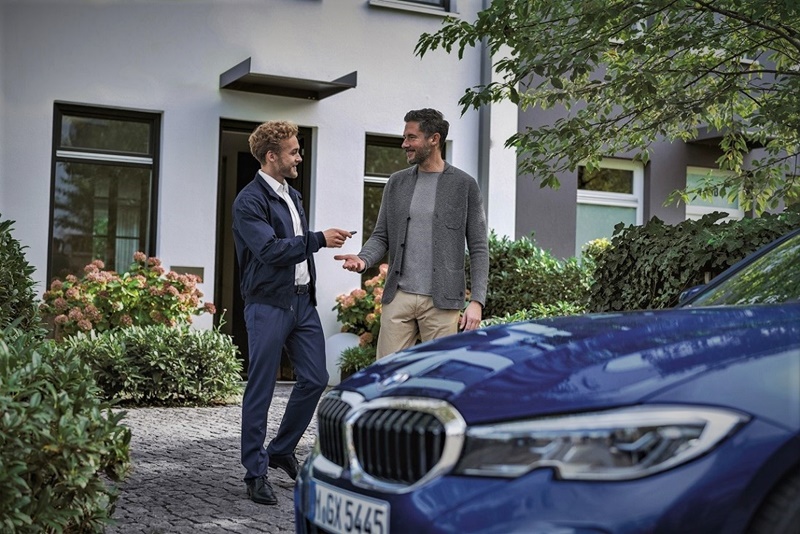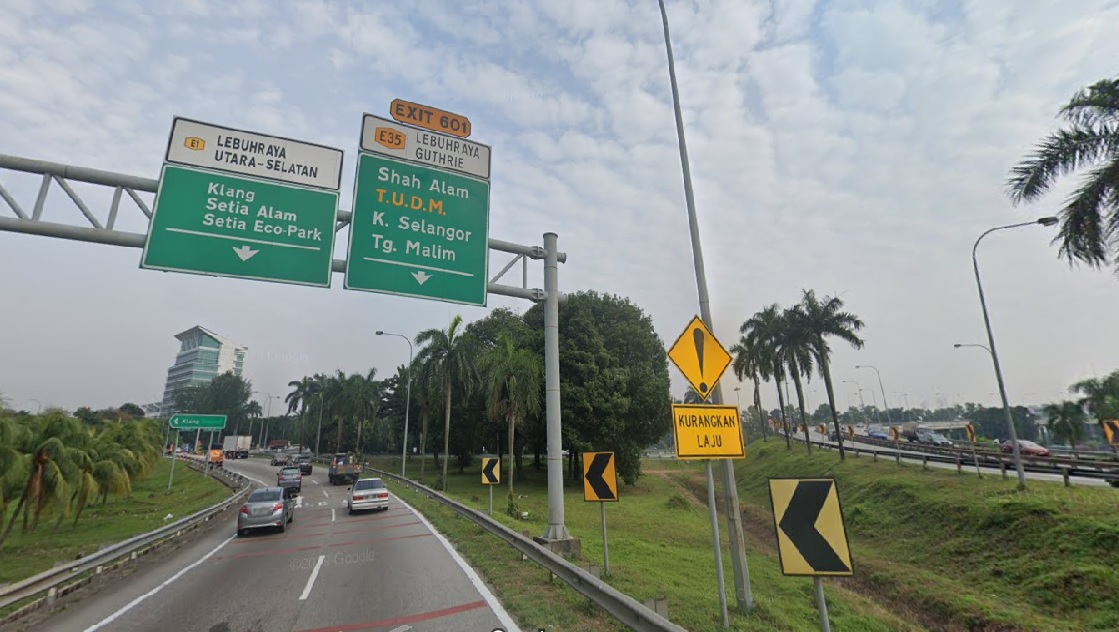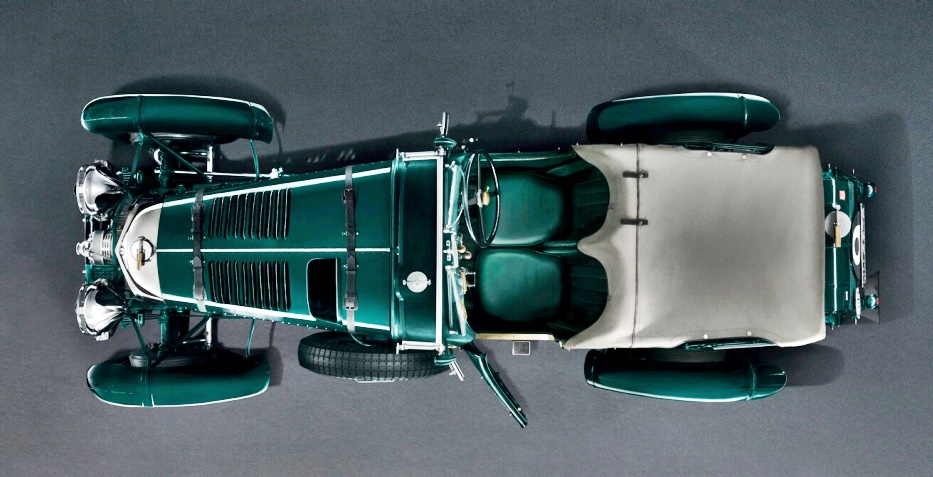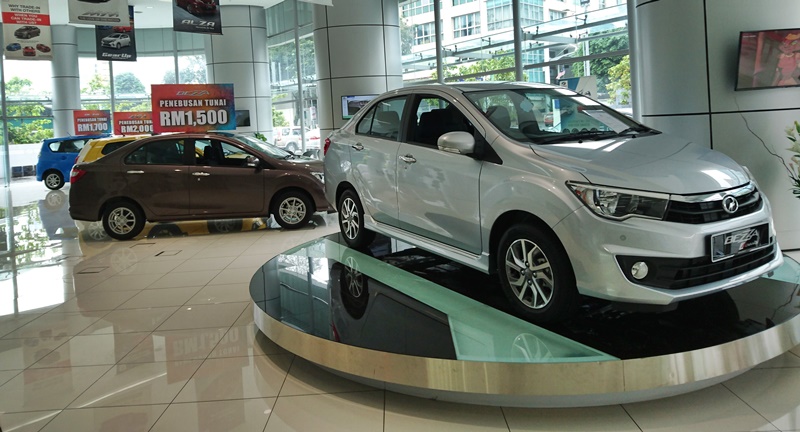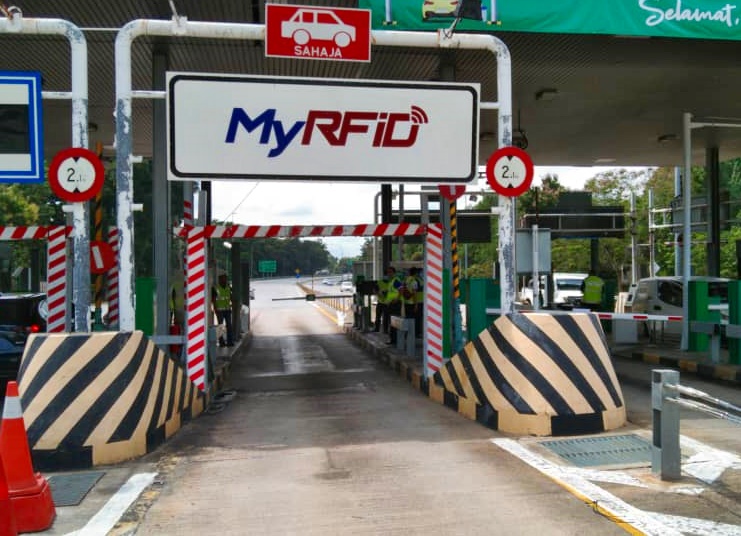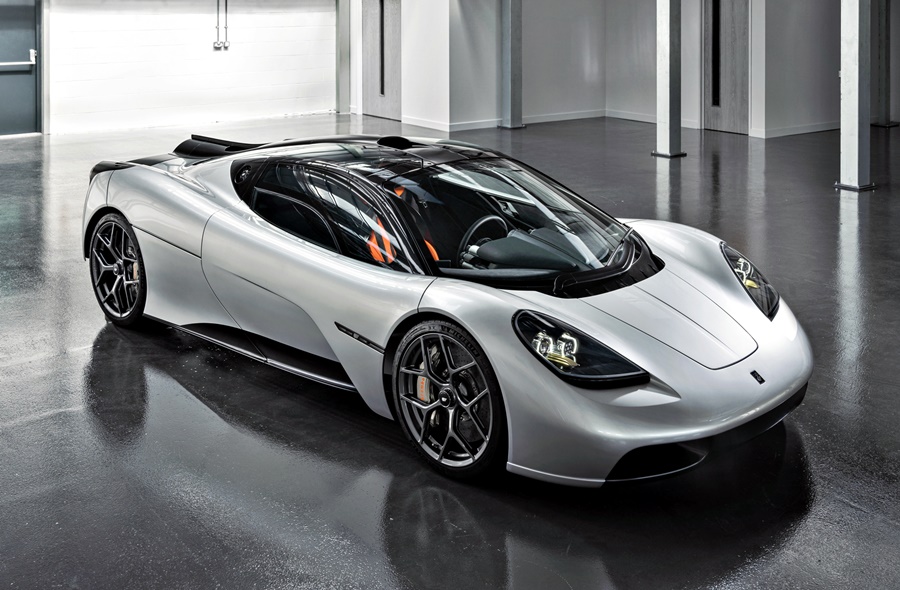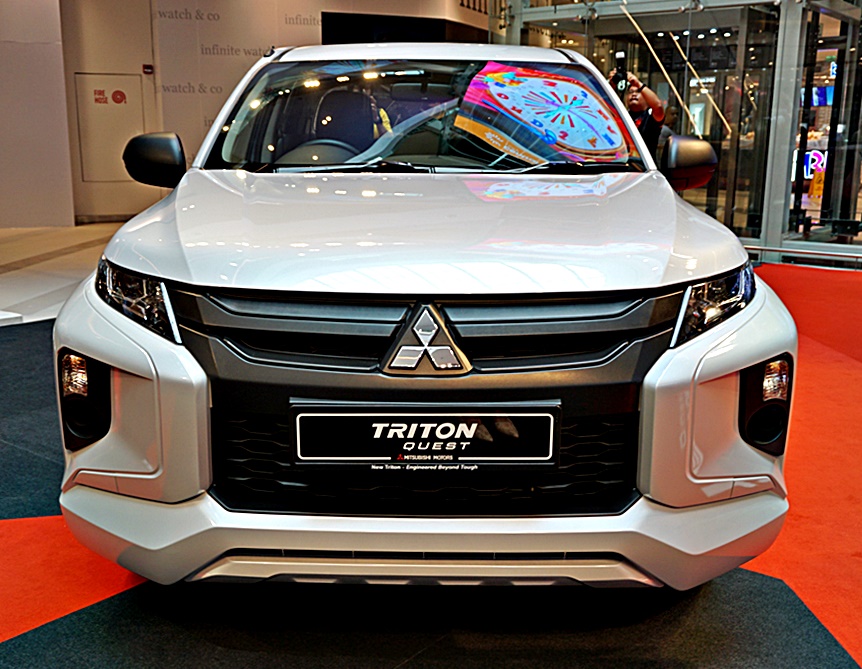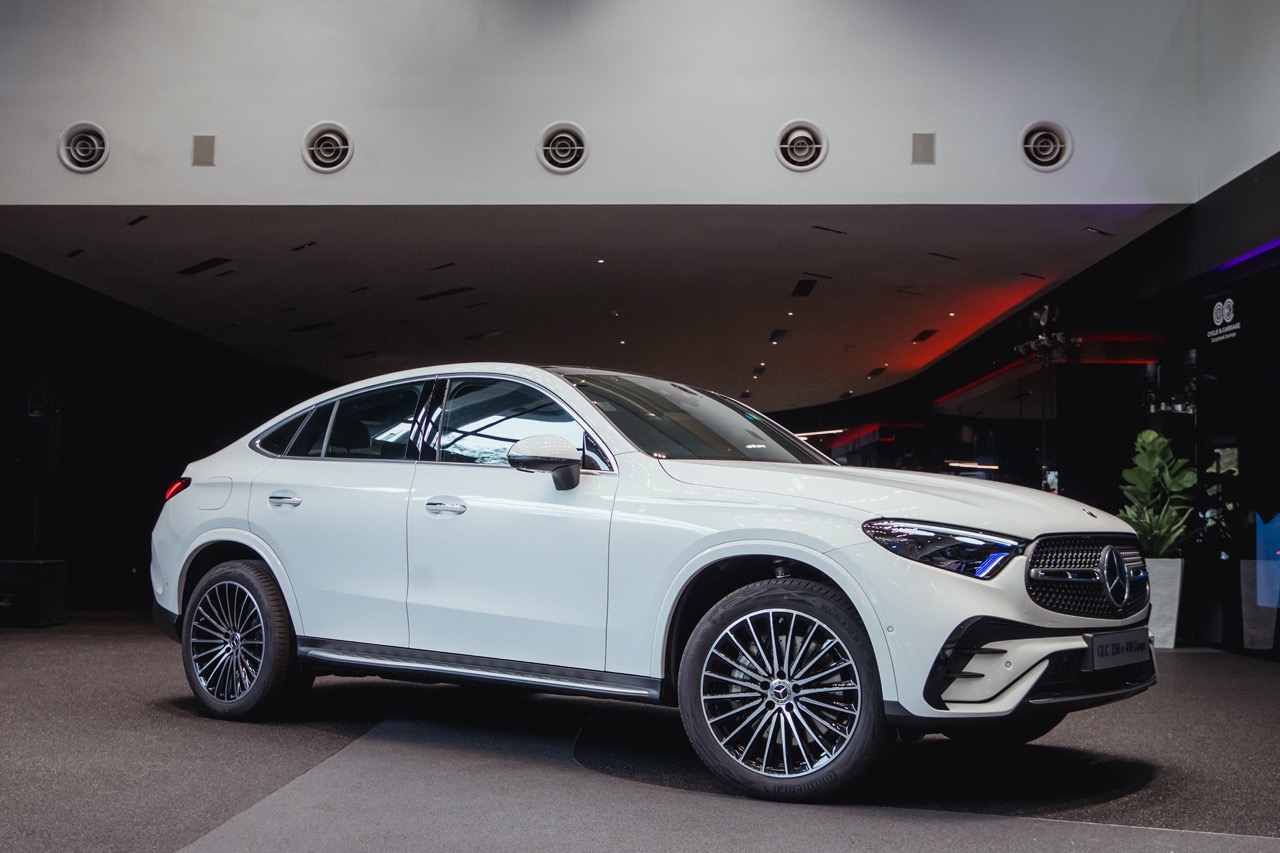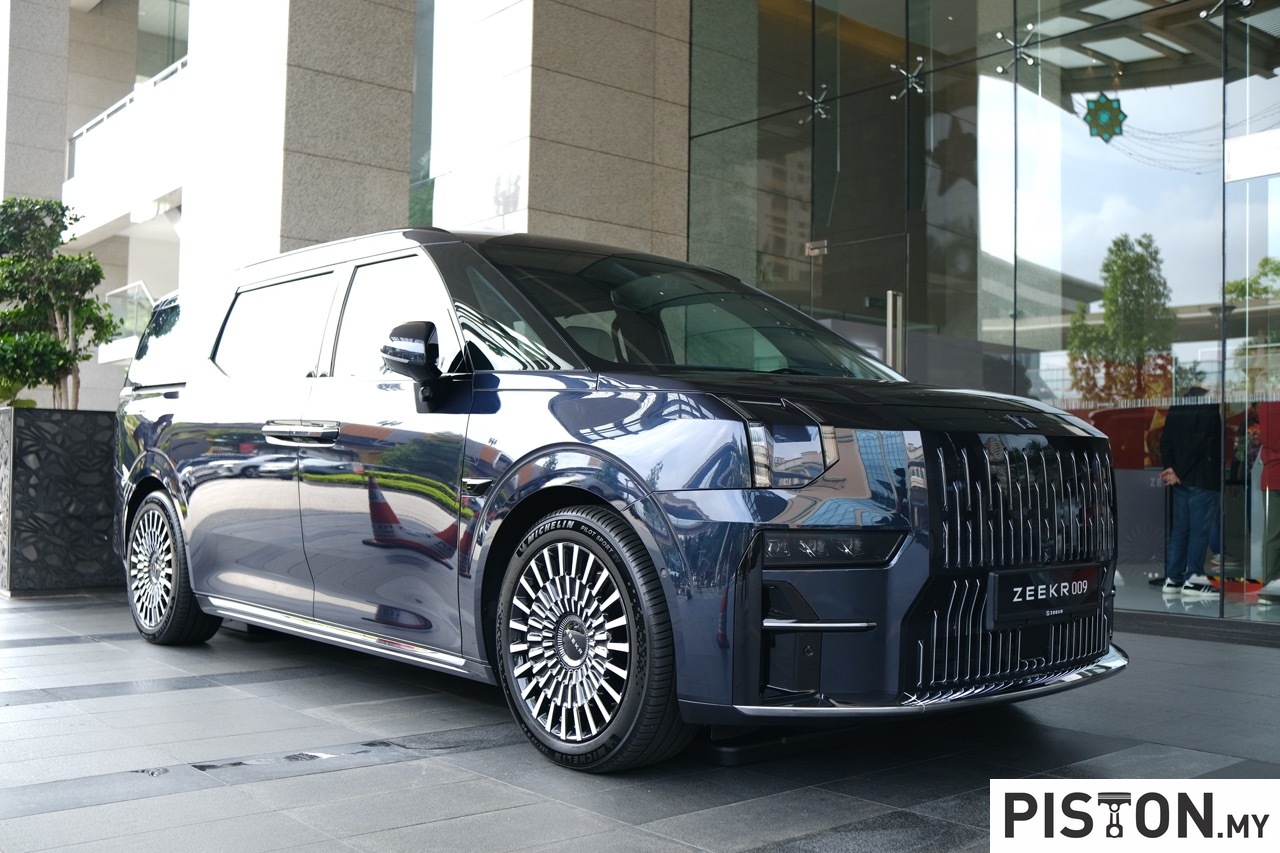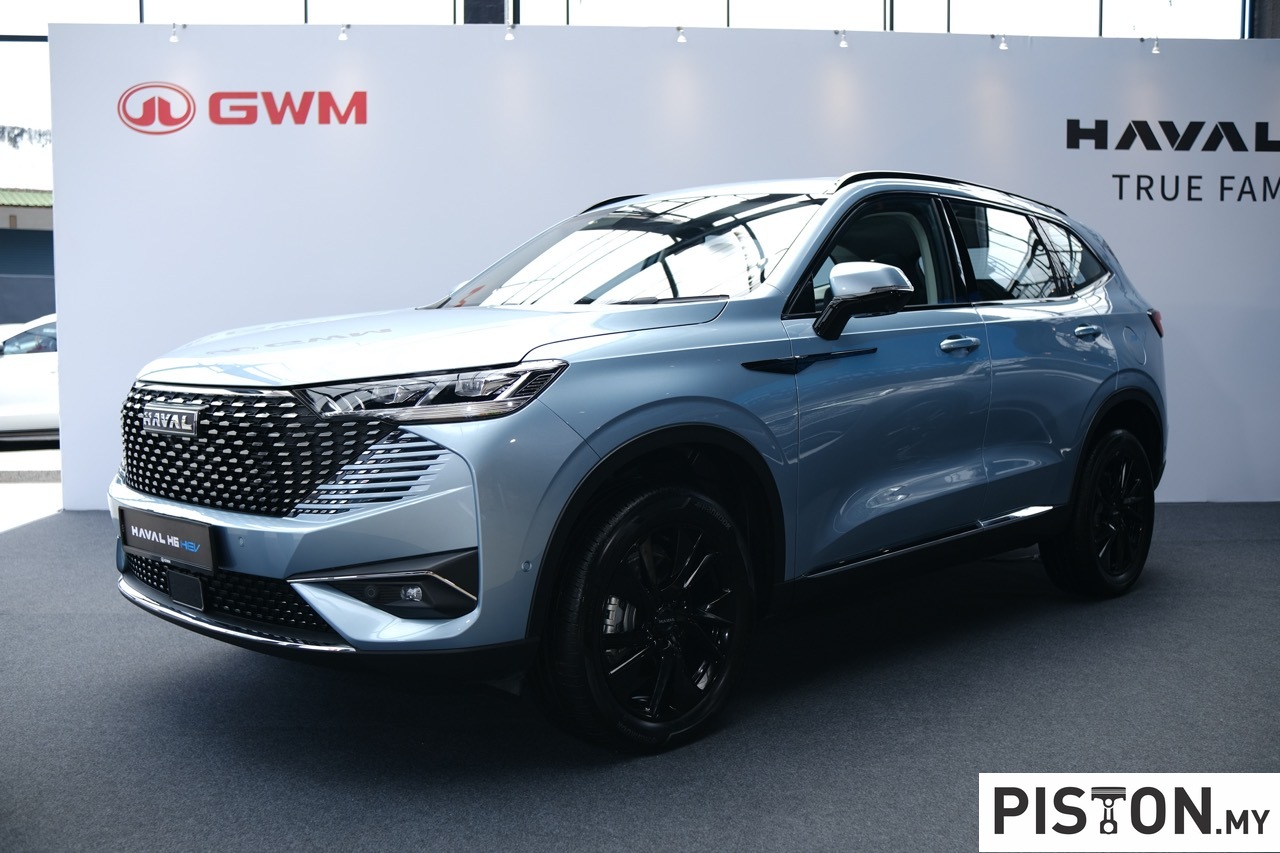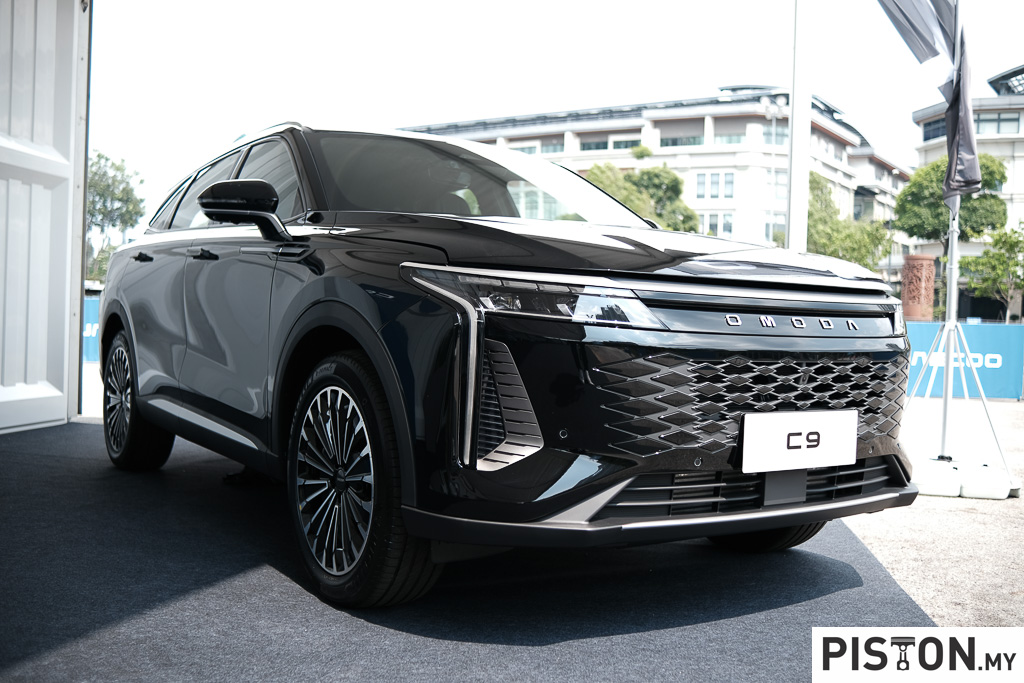UPDATE: Police have arrested a person believed to be the one in the video.
It looks like a stunt in a movie but this is in real life, and it took place in Kapar, Selangor. For the motorist who must have been shocked, it is very fortunate that he has installed a dashcam in his car which showed exactly what happened – the ‘victim’ jumped against his car smashing the windscreen.
Had there not been the camera, then it would be difficult to prove that this was a deliberate act (unless the guy was trying to commit suicide), which is how this scam works. The guy had pretended to cross the road and can be seen running towards the car. But before the car could hit him and cause real injury, he jumped up to land on the bonnet which would have cushioned the impact. Then he slid off the bonnet and must have been lying on the road pretending to be in pain.
And then came the ‘witnesses’, according to the driver, who would have accused him of causing the accident and not seeing the man crossing the road. They would be hoping that the driver would be in shock and so intimidated that they could demand compensation from him. Of course, in such cases, whatever the circumstances, a police report will be needed and then if there is compensation to be made, it would be either the driver or his insurance company paying at a later time. However, such scammers count on fear and confusion letting them collect the money on the spot.
Fortunately for the motorist, he had the dashcam running and he said that when he wanted to wait for the police to come and he pointed to his dashcam, they ran off! Presumably even the injured guy was able to get up and run away.
The police are aware of the video now circulating on social media, and they are investigating this case under Section 336 of the Penal Code for causing endangerment. They also say that there have been other similar cases in the area. The trick could have had serious consequences too – had the driver tried to avoid the man, he might have crashed into another vehicle or even someone else.
Such a scam is not new and happens in other countries too. There are also cases of cars deliberately ramming into other cars or creating a situation where they can accuse the innocent motorist of having caused the accident.
Invest in a dashcam
So it’s a good idea to have a dashcam in your vehicle these days. Many companies now offer dashcams (even rear ones) installed in the new vehicle and for those who want to buy one, the prices range from RM100 upwards. You don’t have to invest in a very expensive unit but do check the video quality because what is important is to be able to make out the numberplate on other vehicles. It should also be able to record with sufficient clarity at night.
Most motorists won’t need all the features available and have standard features such as automatically or manually locking the specific file right after an accident occurs so that it cannot be tampered with. The time and date are always visible but be sure to set them correctly otherwise a wrong time shown may render the recording invalid as evidence!
Most dashcams install easily with a mount that is attached to the windscreen either with a sucker pad or a strong adhesive sheet. The adhesive sheet is usually a better idea as the suction pad can sometimes deteriorate, especially if it is exposed to heat from sunshine for a long time.
A cable is usually provided with the package and while some units still use the cigarette lighter socket for power, newer ones can use a USB cable which can draw power from a USB port. Depending on the model, some units will switch off automatically when the engine is shut down but some power sockets remain ‘live’ as well so the dashcam may have to be manually switched off.
Still considered guilty even after two acquittals in ‘basikal lajak’ case?









